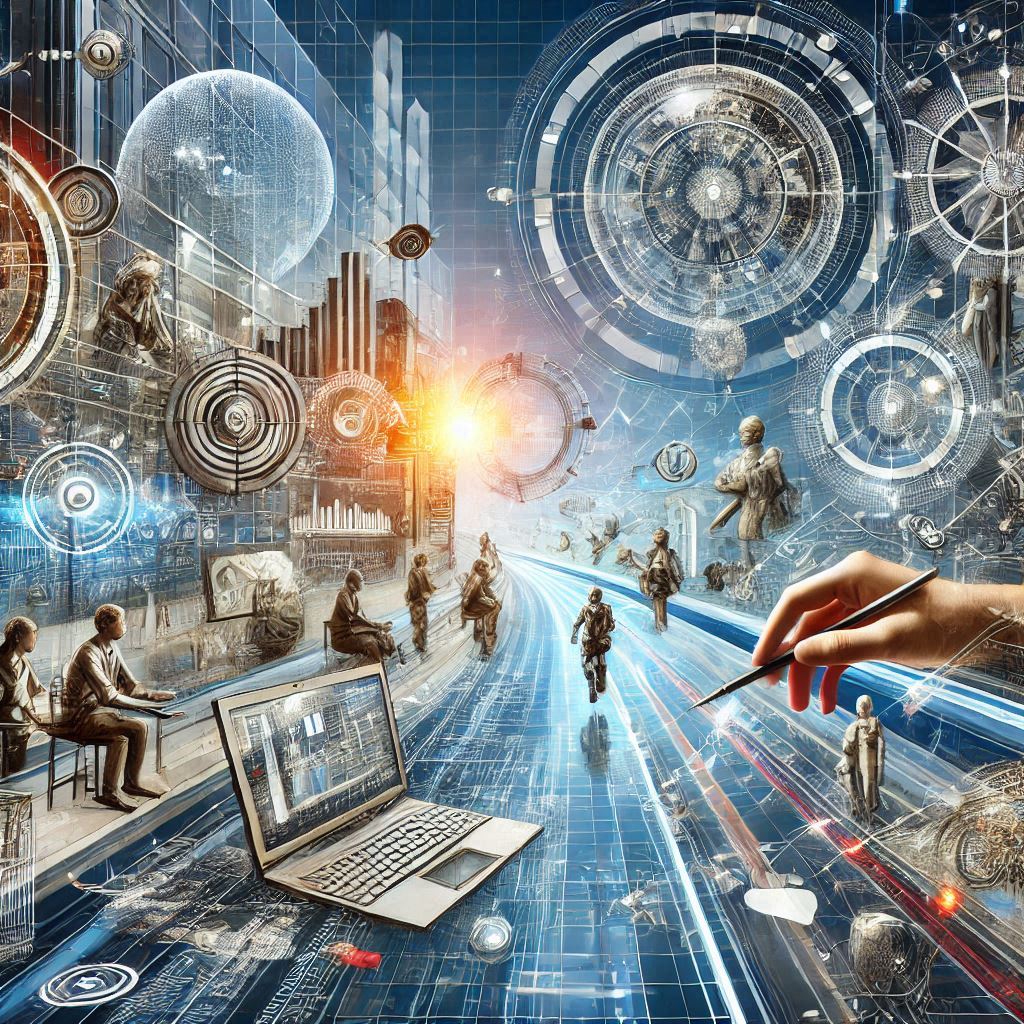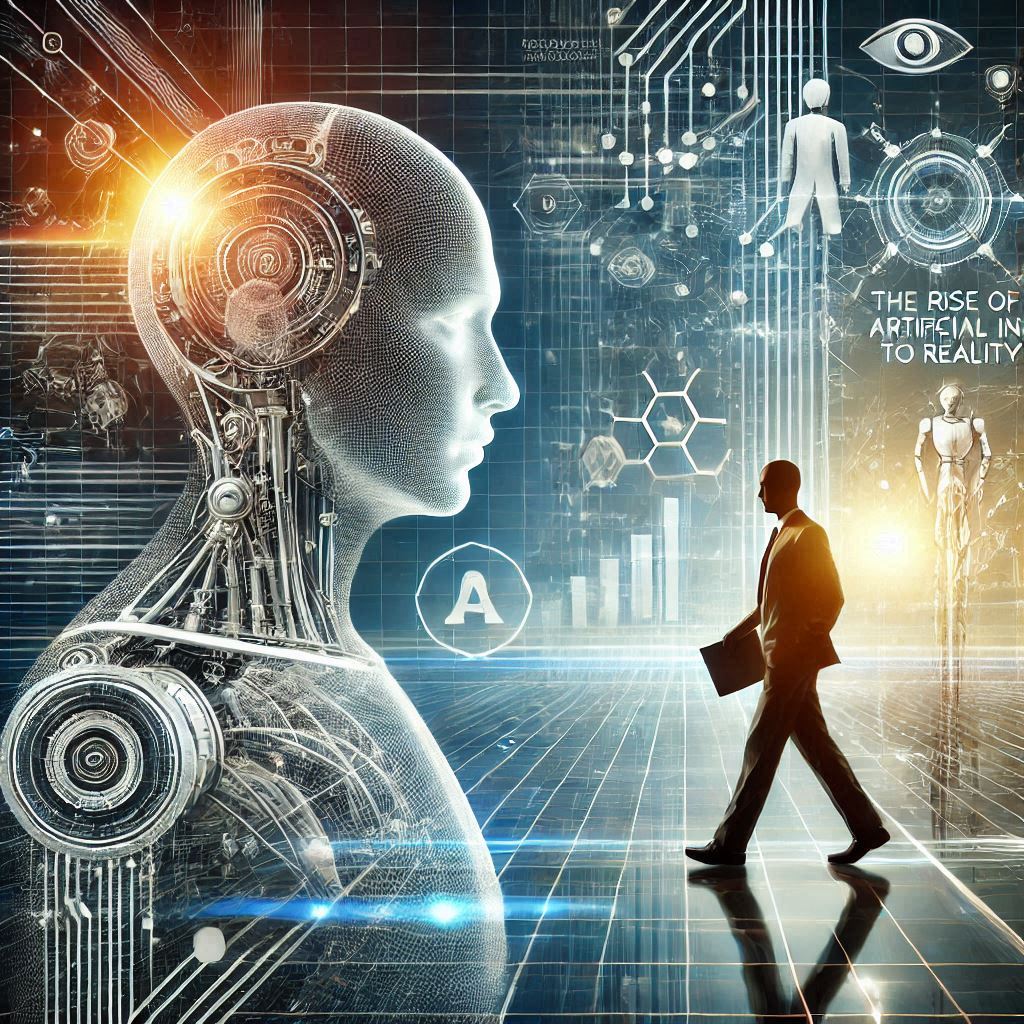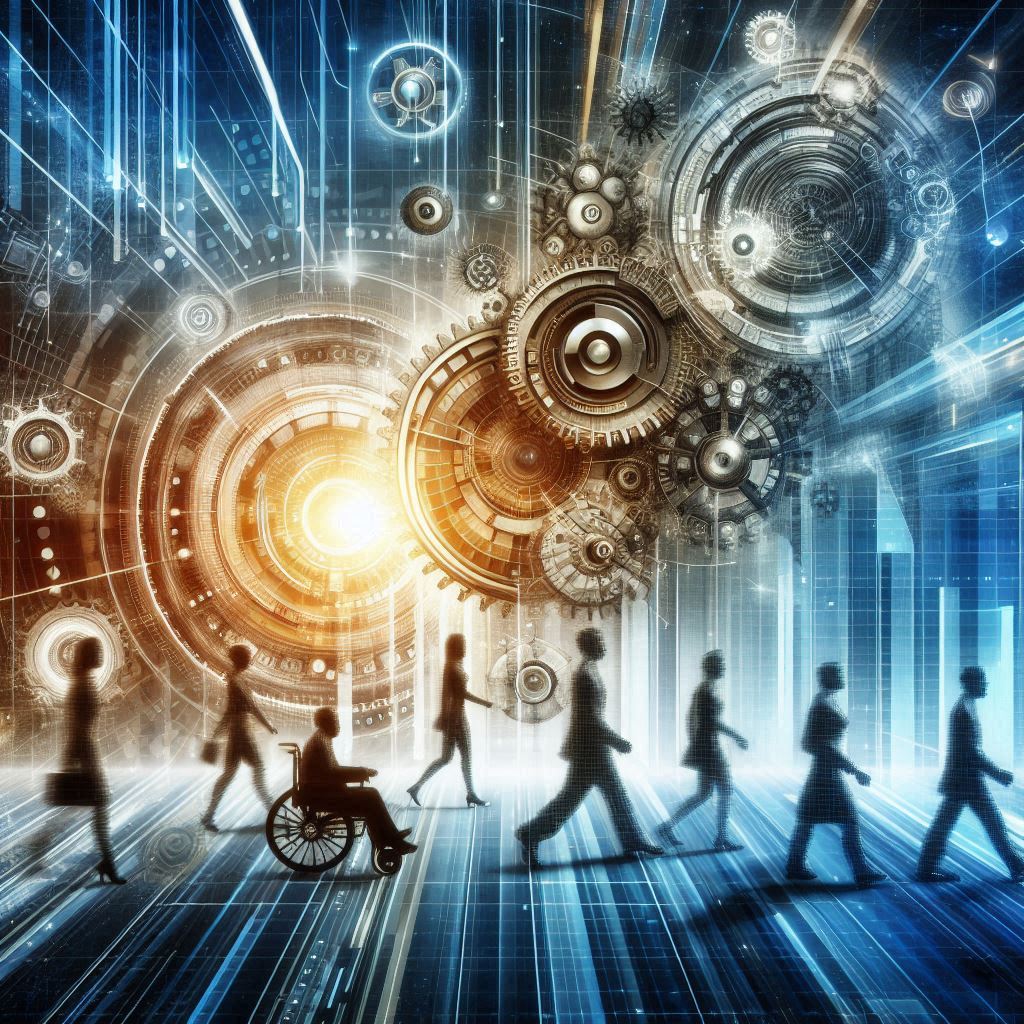The internet has become the backbone of modern life, connecting billions of people, enabling businesses to thrive, and shaping how we communicate, learn, and entertain ourselves. What started as a military research project in the late 20th century has evolved into a vast, complex network of services and applications that impact every part of our lives. In this article, we will explore the key moments in the development of the web, from its humble beginnings to the advanced digital landscape we navigate today.
1. The Birth of the Internet (1960s-1980s)
The internet, as we know it, had its roots in the 1960s during the Cold War era. The need for secure and fast communication between different defense and research organizations sparked the development of early networking technologies.
- 1969: ARPANET: The first iteration of the internet, known as ARPANET, was funded by the U.S. Department of Defense. Initially designed to allow military researchers to share data across computers, it used packet-switching technology to break data into smaller packets and send them across different routes.
- 1983: TCP/IP Protocol: In 1983, ARPANET transitioned to the TCP/IP protocol, a set of rules that allowed different networks to communicate with one another. This protocol became the foundation of the modern internet and allowed ARPANET to expand and connect to other networks globally.
- 1989: Tim Berners-Lee and the World Wide Web: The most significant leap toward the modern web came in 1989 when Tim Berners-Lee, a British computer scientist, proposed a system of hyperlinked documents called the World Wide Web. The concept included HTML (Hypertext Markup Language), URLs (Uniform Resource Locators), and HTTP (Hypertext Transfer Protocol), which became the basis for browsing the web.
Why it matters: These early developments set the stage for the internet to evolve into a global network for communication, commerce, and information sharing. The foundation of the internet was built on principles of openness and connectivity, which remain vital to its growth today.
2. The First Websites and the Rise of Web Browsers (1990s)
As the 1990s arrived, the web began to take shape as a more accessible and interactive environment, thanks to the development of web browsers and the advent of personal computers.
- 1991: The First Website: In 1991, Tim Berners-Lee launched the first-ever website at CERN, which provided information about the World Wide Web project. This site was basic, containing only text and links, but it marked the beginning of a new era in communication.
- 1993: Mosaic Browser: The introduction of the Mosaic web browser in 1993 was a pivotal moment in web history. Mosaic was the first graphical web browser, allowing users to view images and text together, making the web more visually appealing and easier to use. This browser laid the groundwork for future browsers like Netscape Navigator.
- 1995: JavaScript and Dynamic Content: In 1995, Netscape introduced JavaScript, a programming language that allowed for the creation of dynamic, interactive websites. This innovation enabled web developers to create websites with functionality that was previously impossible, such as forms, animations, and interactive features.
- 1998: Google and Search Engines: The launch of Google in 1998 revolutionized how we navigate the internet. Search engines became essential tools for discovering content and websites. Google’s algorithm, which ranked pages based on relevance and quality, was a game changer in how users accessed information online.
Why it matters: The 1990s were marked by the growth of the web as a dynamic, user-friendly space. With the development of browsers, search engines, and interactive elements like JavaScript, the internet became more accessible and powerful, paving the way for the digital economy.
3. Web 2.0: The Rise of Social Media and User-Generated Content (2000s)
The early 2000s marked the beginning of a shift from static websites to a more interactive, user-driven internet. The term Web 2.0 describes the evolution of the internet from a collection of informational sites to a platform where users actively contribute and share content.
- 2004: Facebook and Social Media: The launch of Facebook in 2004 changed the way people interacted with the internet. Social media platforms allowed users to connect, share, and create content, from text posts to images and videos. Facebook’s success inspired the creation of other social media giants like YouTube (2005), Twitter (2006), and Instagram (2010), which would further transform online communication.
- 2005: YouTube and Video Sharing: YouTube, launched in 2005, revolutionized the way people consume media. The platform enabled anyone to upload and share videos, making it a hub for entertainment, education, and viral content. It has since grown to become one of the largest video-sharing platforms globally.
- 2007: The iPhone and Mobile Web: The introduction of the iPhone in 2007 marked the beginning of the mobile internet revolution. With its touchscreen interface, mobile apps, and internet access, the iPhone made it easier for people to browse the web on the go. Mobile optimization became essential for websites, and businesses quickly adapted to cater to mobile users.
- 2008: The Rise of Cloud Computing: In the late 2000s, cloud computing emerged as a new way for users and businesses to store and access data. Companies like Google, Dropbox, and Amazon offered cloud services that allowed individuals to save files remotely and access them from anywhere, changing the way data was stored and shared.
Why it matters: The Web 2.0 era gave rise to social media, video content, and the mobile web, which have since become integral to our daily lives. The internet became a place for users to create, share, and interact with content, rather than just consuming information.
4. The Mobile-First Era and the Rise of the Internet of Things (2010s)
The 2010s marked the height of mobile internet usage and the proliferation of connected devices, making the internet even more ubiquitous. The era saw the rise of powerful mobile apps, the expansion of social media platforms, and the emergence of the Internet of Things (IoT).
- 2010: The Explosion of Mobile Apps: In 2010, the App Store and Google Play Store became major platforms for mobile applications. These stores featured millions of apps across various categories, from games to productivity tools, and facilitated the growth of the app-driven economy.
- 2013: The Internet of Things (IoT): IoT devices, such as smart thermostats, fitness trackers, and connected home appliances, became more widespread in the 2010s. By 2020, there were an estimated 20 billion connected devices worldwide. The IoT revolutionized how we interact with technology, from smart homes to wearable technology.
- 2014: Mobile Internet Overtakes Desktop: By 2014, mobile internet usage surpassed desktop usage for the first time, signaling a major shift in how people access the web. As a result, businesses began focusing on optimizing websites for mobile devices, and the “mobile-first” approach became the norm.
- 2016: Virtual Reality and Augmented Reality: The rise of VR and AR technologies created new immersive ways for users to engage with the digital world. Companies like Oculus and Microsoft’s HoloLens brought these technologies into the mainstream, with applications in gaming, education, and business.
Why it matters: The 2010s saw the rapid proliferation of mobile internet, IoT devices, and immersive technologies, all of which have redefined how people interact with the internet and how businesses operate in the digital age.
5. The Future of the Internet: Web 3.0 and Beyond
Looking to the future, the internet is evolving once again. Web 3.0, often referred to as the “Semantic Web,” is set to bring even greater levels of connectivity, personalization, and interactivity.
- Blockchain and Decentralization: Web 3.0 is built on blockchain technology, which enables decentralized applications (dApps) and services. Cryptocurrencies like Bitcoin and Ethereum are just the beginning; blockchain is also being explored for use in supply chains, healthcare, and digital identity management.
- Artificial Intelligence and Personalization: AI is increasingly being used to personalize web experiences, from content recommendations to customer service. Machine learning algorithms allow websites and apps to predict user behavior and offer tailored experiences.
- The Metaverse: The Metaverse is a virtual reality space where users can interact with each other and digital objects in a fully immersive environment. Tech giants like Facebook (Meta) are heavily investing in the Metaverse, which could become the next frontier of social interaction and commerce.
Why it matters: The future of the internet promises even more exciting innovations, from blockchain-powered decentralized applications to immersive virtual worlds. These advancements will continue to reshape how we live, work, and interact with the digital world.
Conclusion
The internet has undergone a dramatic transformation since its inception. From the early days of ARPANET to the rise of social media, mobile apps, and blockchain technology, the development of the web has been shaped by key moments and groundbreaking innovations. As we move into the future, technologies like AI, IoT, and the Metaverse will continue to redefine the way we connect and interact with the digital world.



